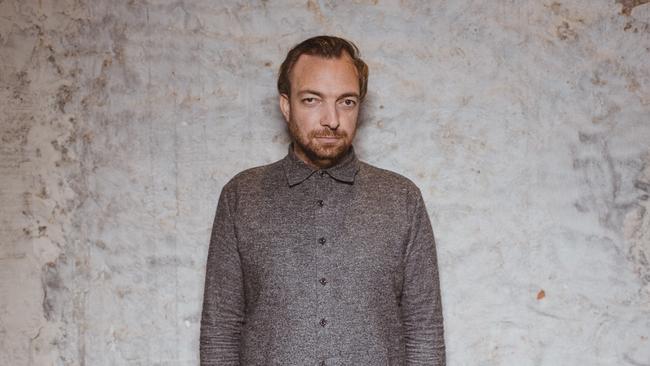Liam Young, speculative architect and filmmaker, 44: Q&A
Architect and filmmaker Liam Young won’t wait for the future to come to him. His work is creating worlds well beyond our imagination.

You’re based in LA but coming back to Australia for Semi Permanent, the renowned festival of creativity and design. This year’s theme, Reformation, seems to fit your work. What does the idea of reformation mean to you? I’m trained as an architect, but I don’t design buildings. Instead I build imaginary worlds (including for film and television). Within both my own work and my teaching practice, I have been trying to help other designers and architects escape from the traditional form. I’ve been a very active campaigner in the reforming of traditional forms because a lot of those structures are irrelevant for a world that’s on fire.
There’s a mix of design and fictional storytelling as well as academic research at play in your work – which you have recently put to use modelling solutions to climate change. It seems like an out-of-the box approach to a ubiquitous problem... I think that climate change is no longer a technological problem. We’re not waiting for a billionaire to develop some magic bullet that’s going to save us. Climate change is now a crisis of the imagination. The power of storytelling in mediums of popular culture is so extraordinary, and that power can be used to dramatise a lot of the problems that we’re faced with and connect us with possible solutions.
How does your upbringing in Australia influence the imaginary worlds you create for film? The reason I left Australia was that in the context of the film industry, everything starts in LA. But what I do is still heavily informed by home. One of the dominant narratives of architecture is still one of relationship to place. The extraordinary context that we have in Australia – the climate, the weather, the landscape – is so pervasive that it kind of shapes all spatial stories and responses within the discipline.
Where does this existential perspective on the planet and nature that you have come from? One of my favourite books growing up was The Usborne Book of the Future. It was published in the year I was born, 1979. That book was essentially a portrait of the world that I was supposed to be growing into – a world of jetpacks and robot housekeepers and flying cars. But it’s a world that we are still waiting for. Instead, what I’m doing is trying to tell stories about the collective futures that we might want to inhabit.
Your work is extremely beautiful and serene. Does your architecture pedigree (previously working for visionaries in the field such as Zaha Hadid) feed a desire to make your creations visually appealing? I think that in the context of all of the crises we’re faced with, there’s an important role that aesthetics can play. I want people to relate to these kinds of renewable and sustainable technological landscapes in a way that might help us to welcome them into our world as solutions that can help deliver our future.
What are you looking forward to doing most in Sydney? I have a three-year old girl called Neon Wilderness who’s never been to Sydney. Taking her home and showing her a proper beach is something I’m looking forward to.
Semi Permanent Festival of Creativity & Design will return as part of Vivid Sydney, from May 31 through June 2. Details: semipermanent.com



To join the conversation, please log in. Don't have an account? Register
Join the conversation, you are commenting as Logout